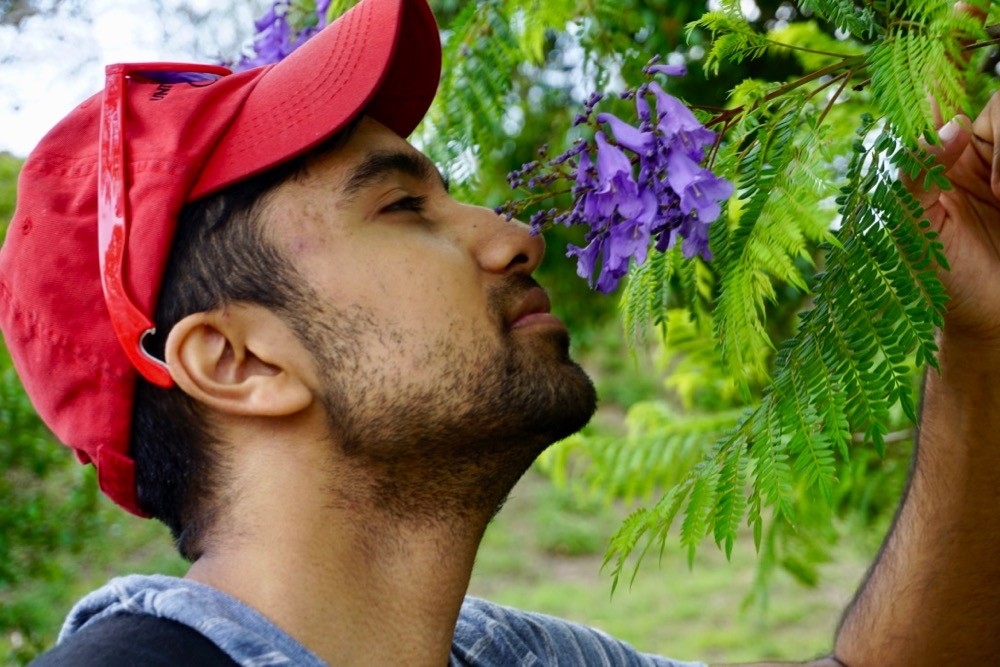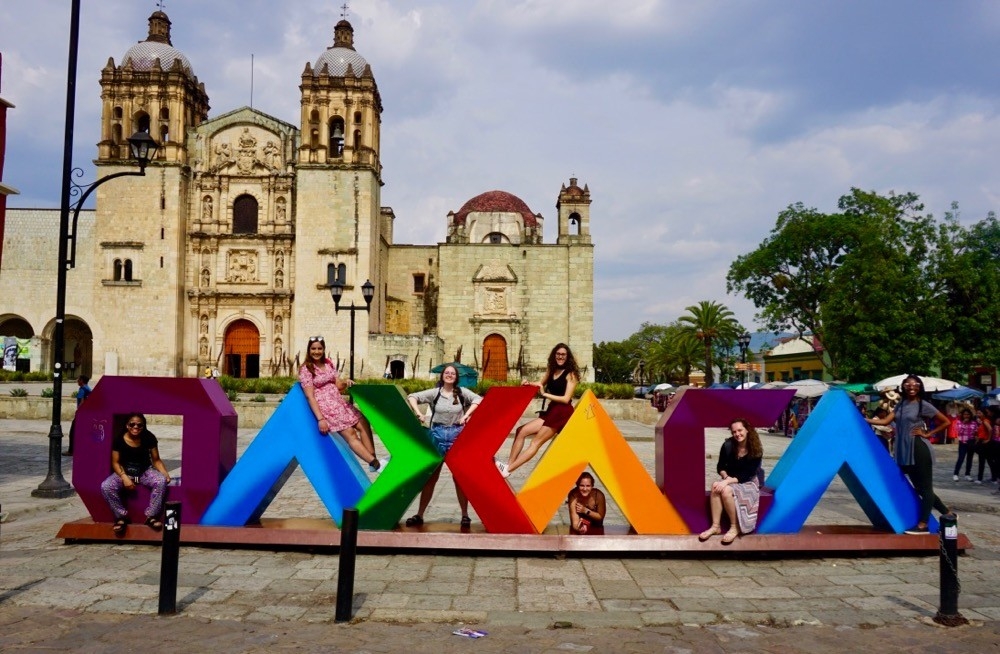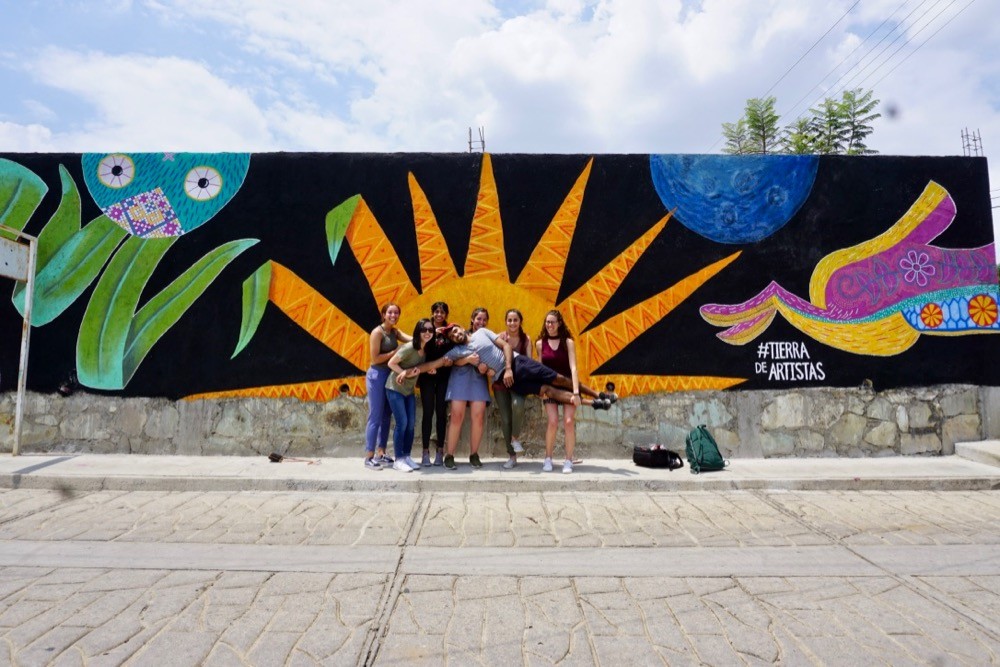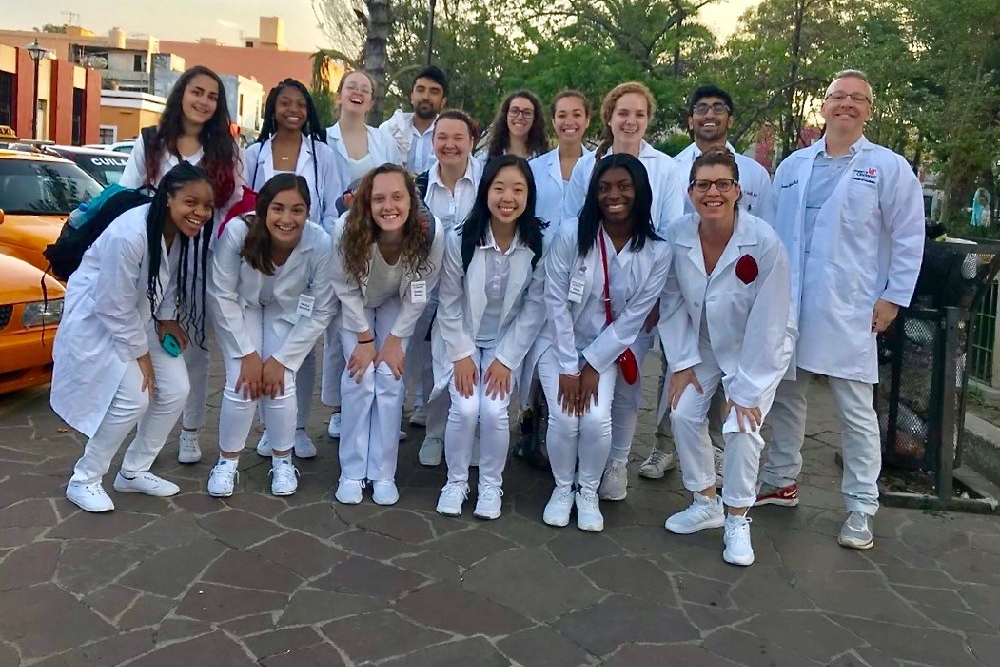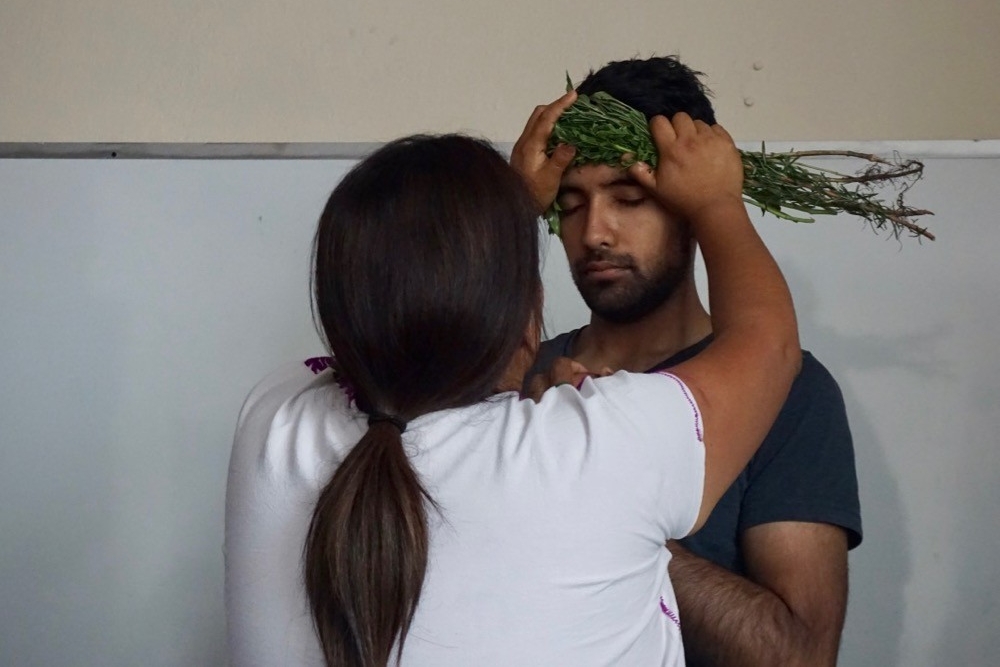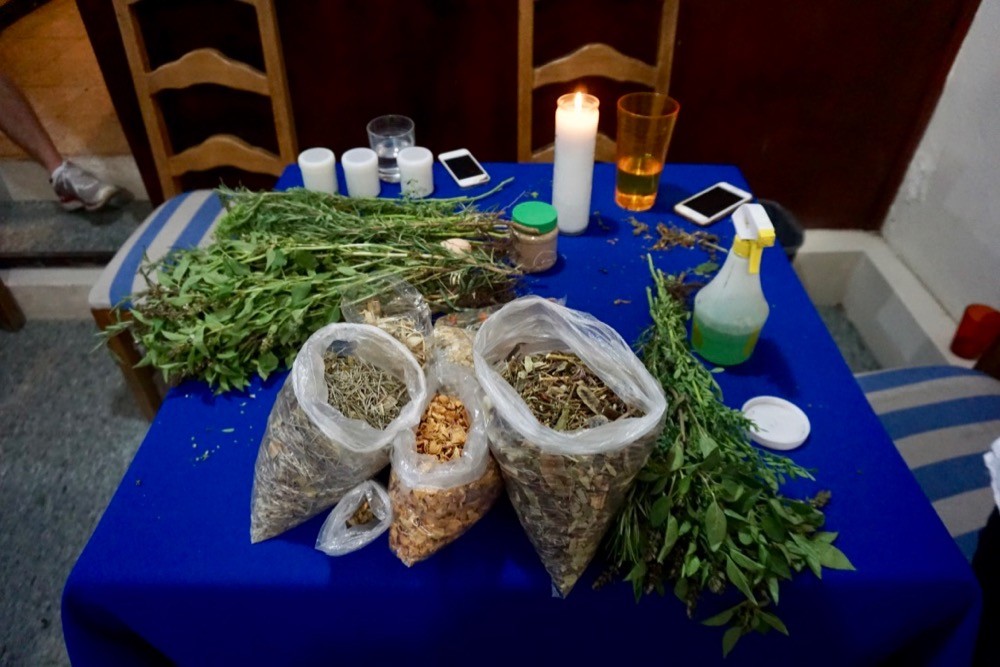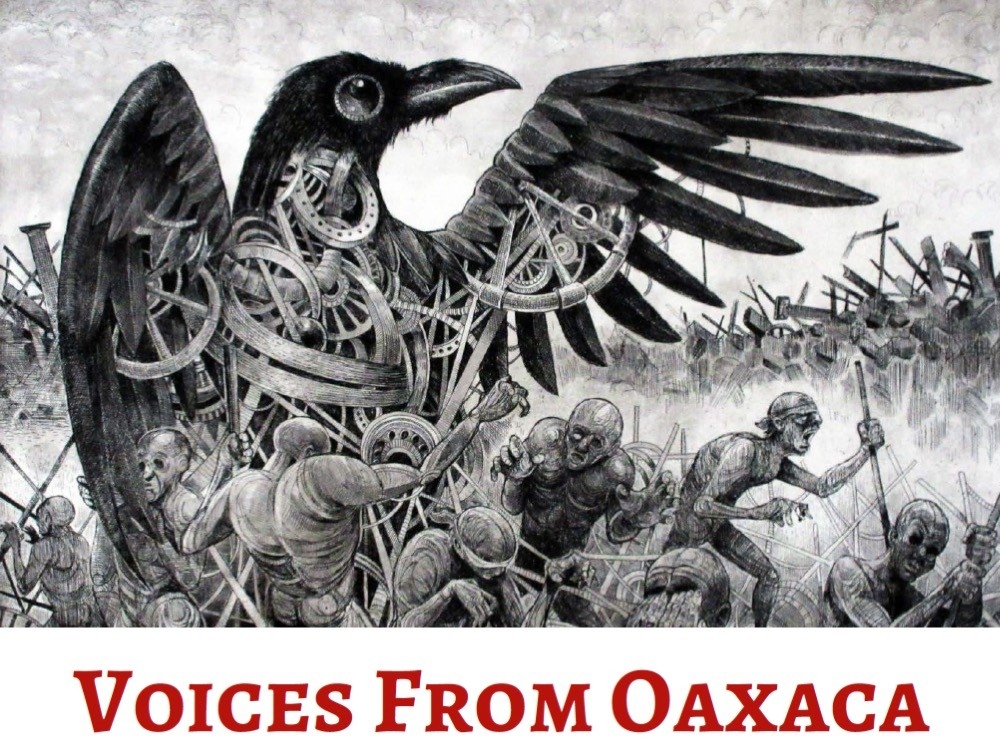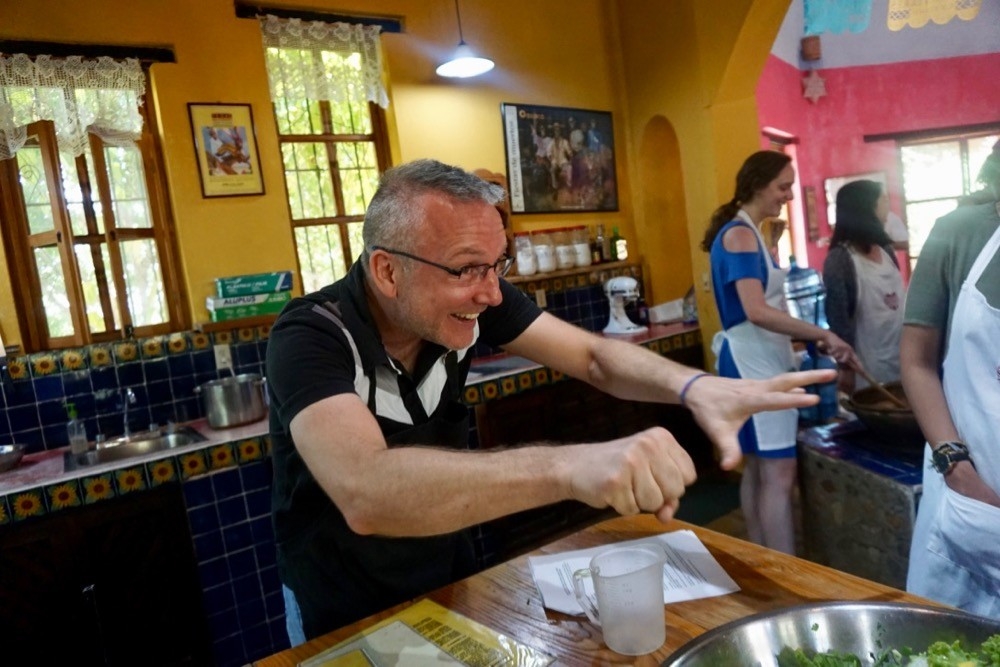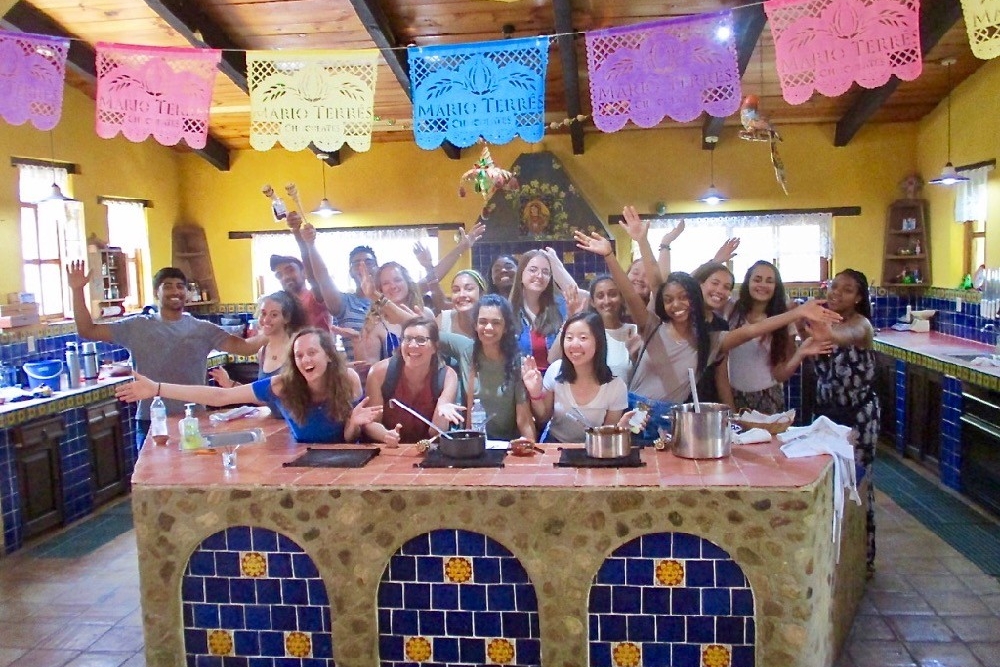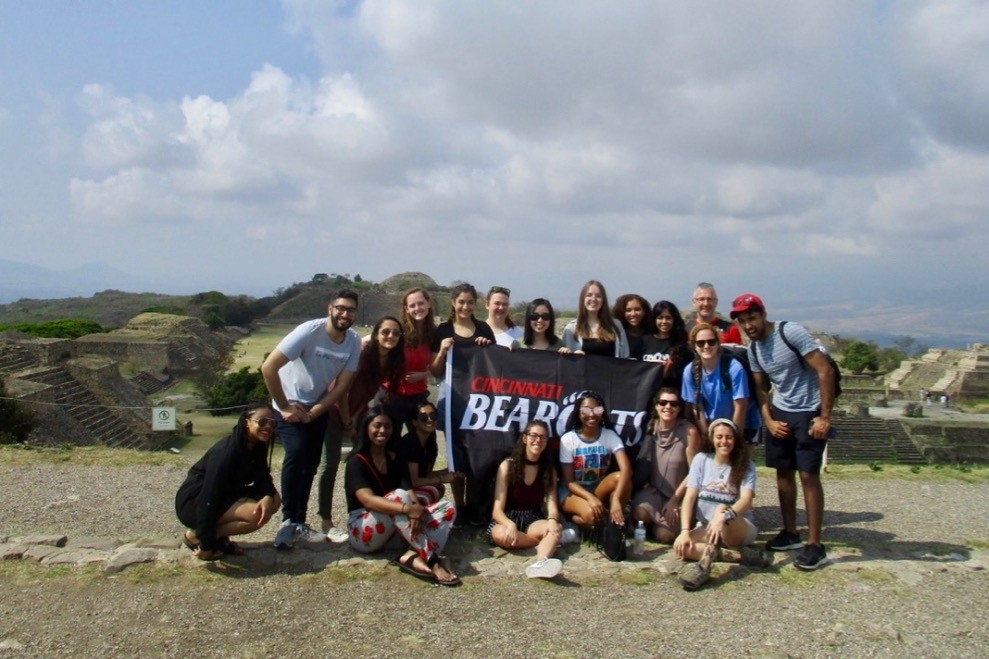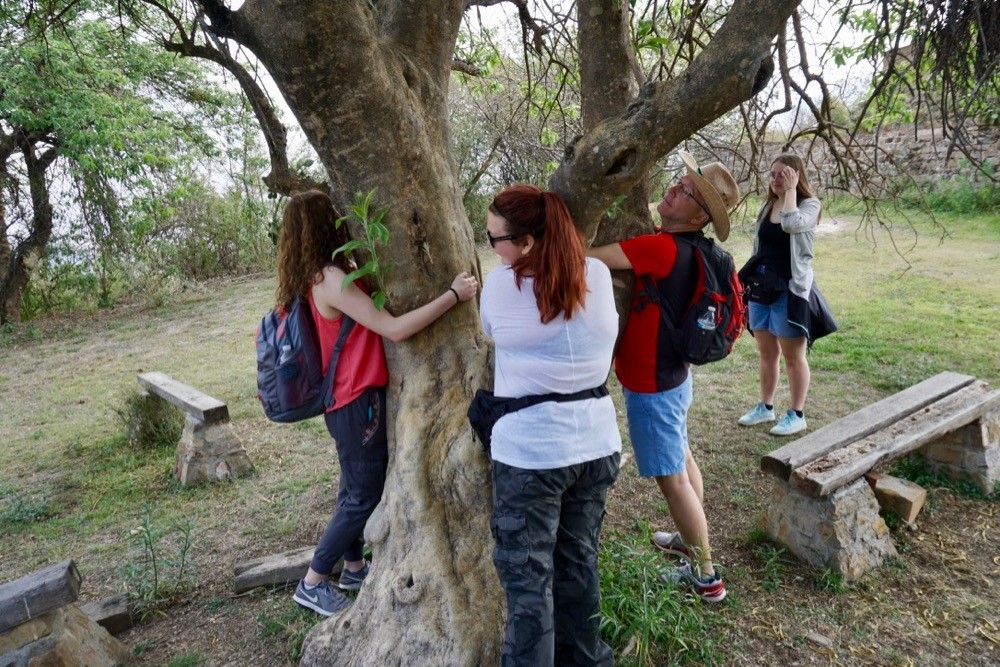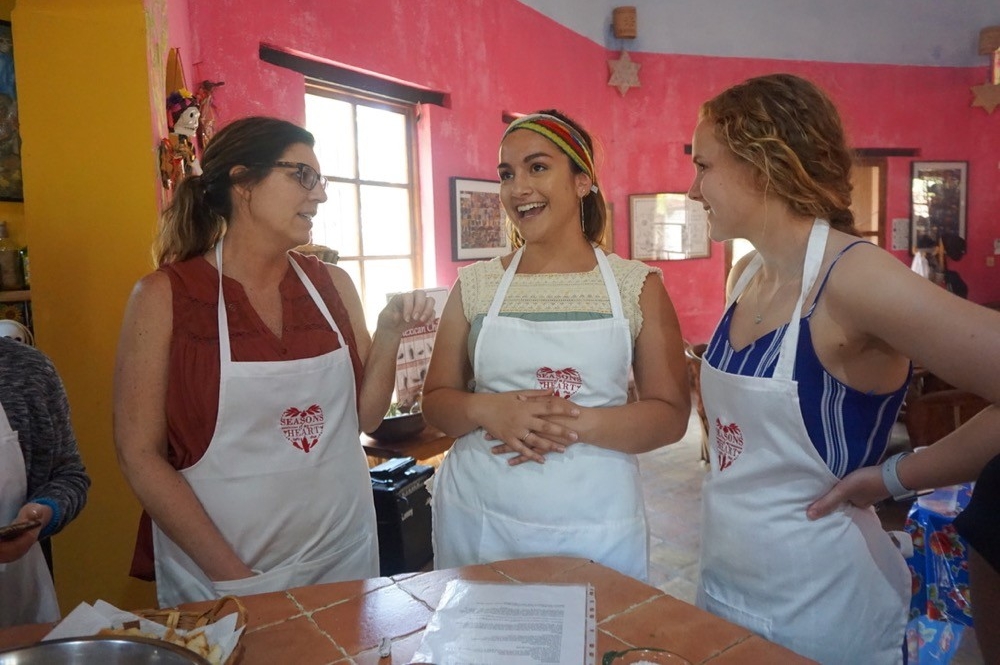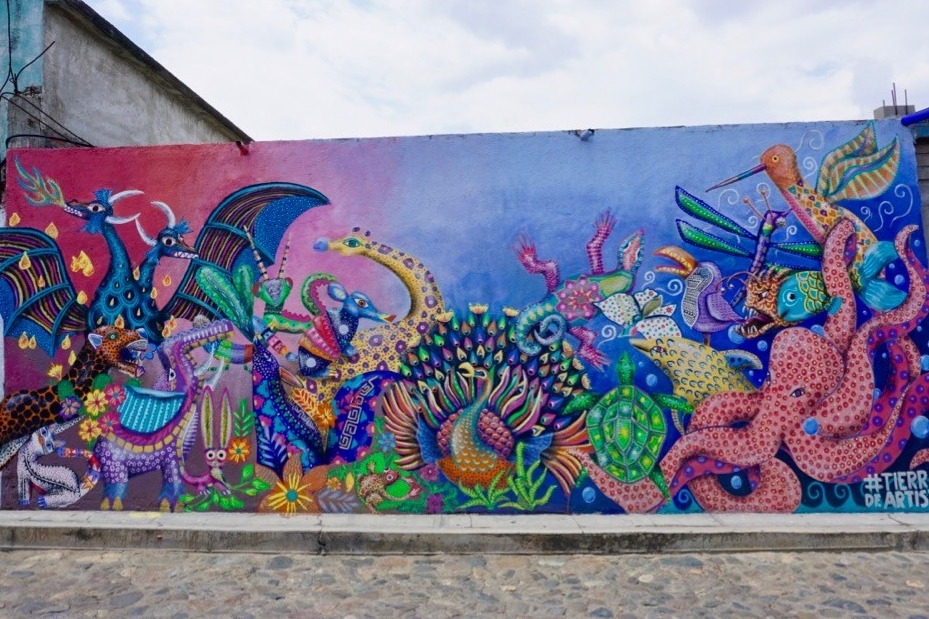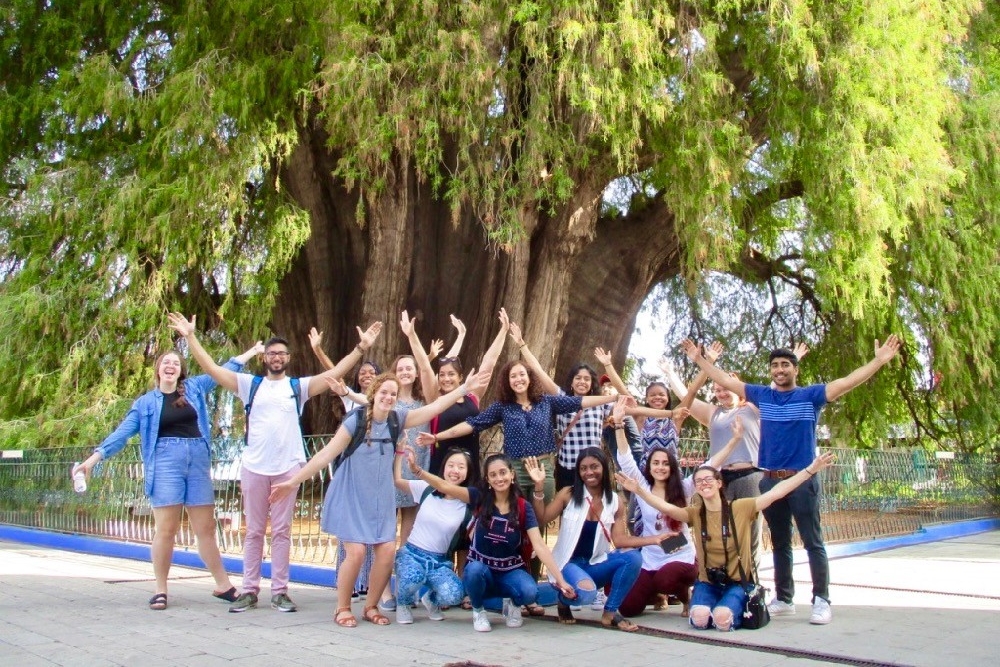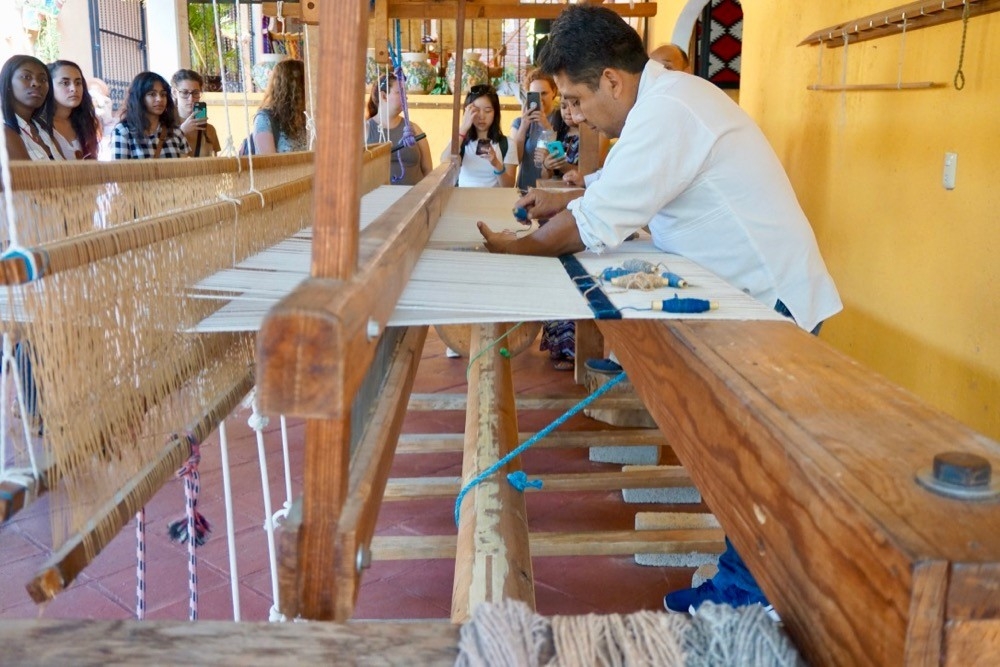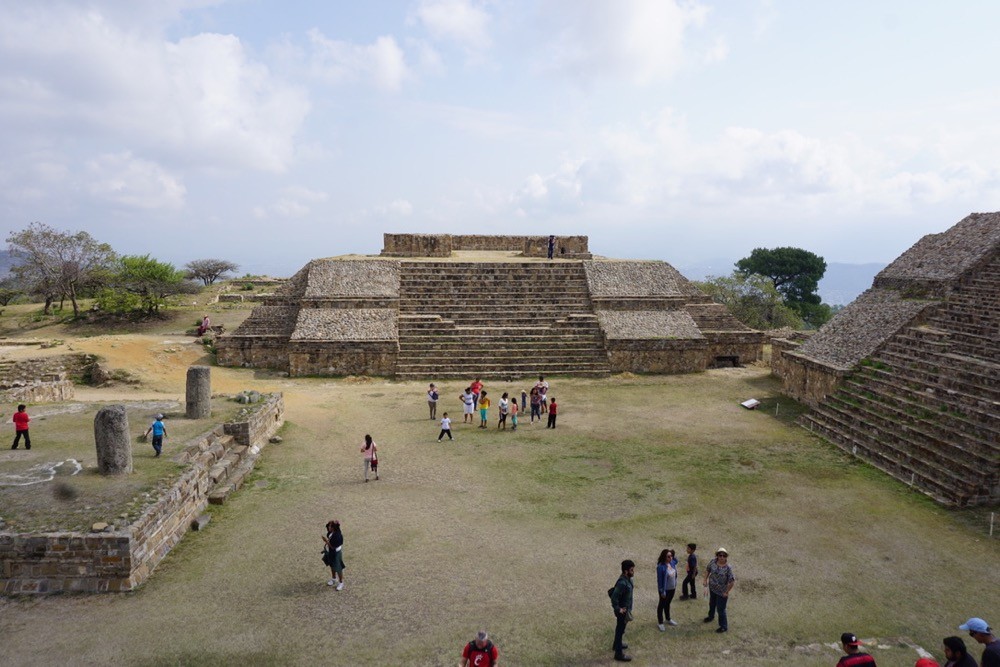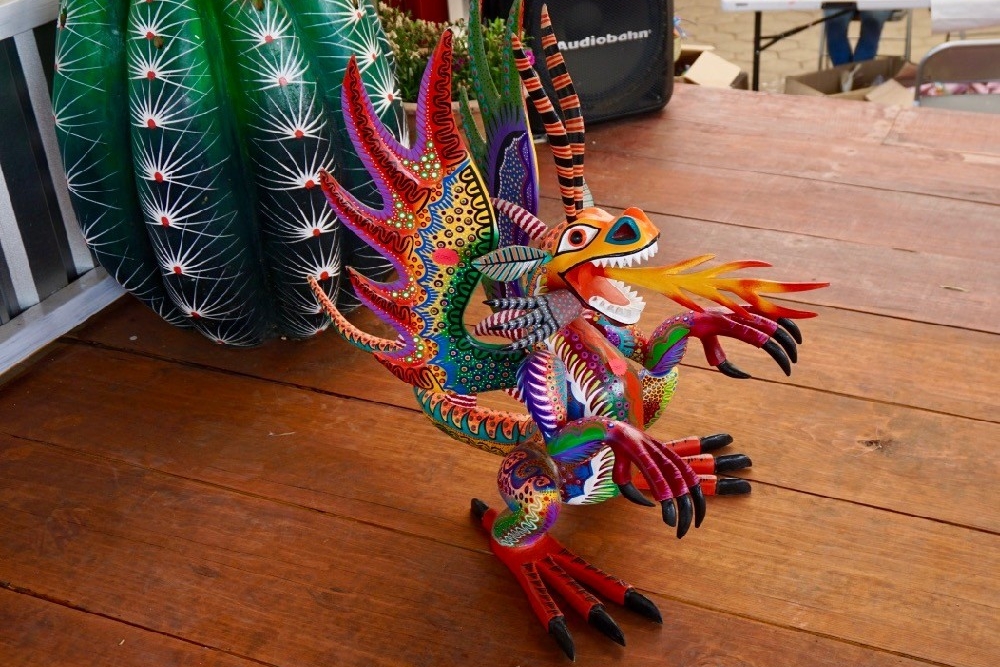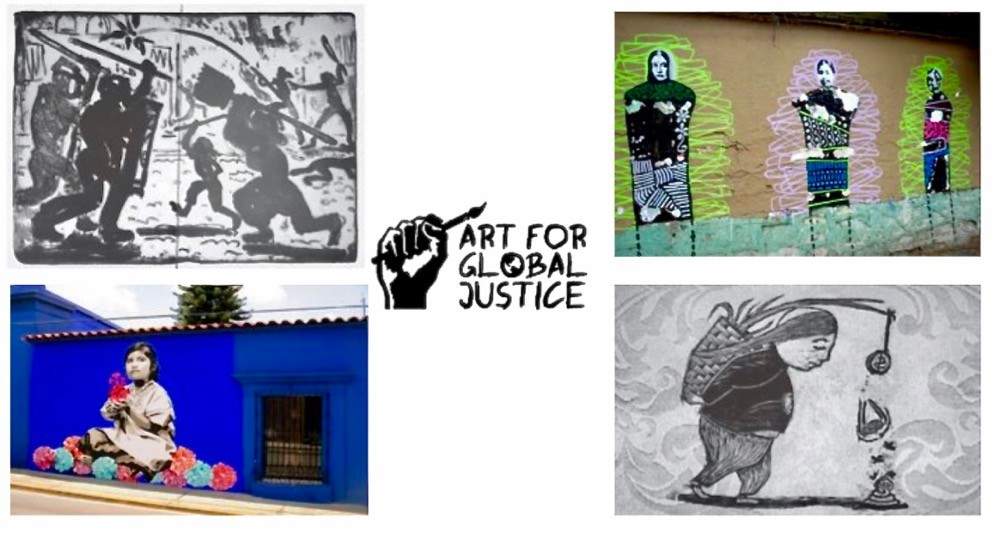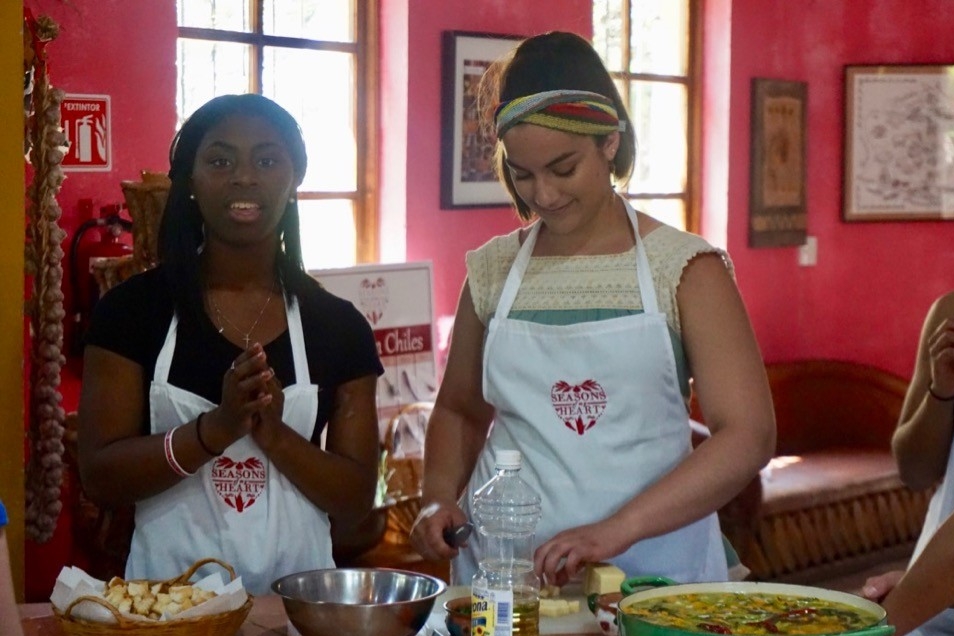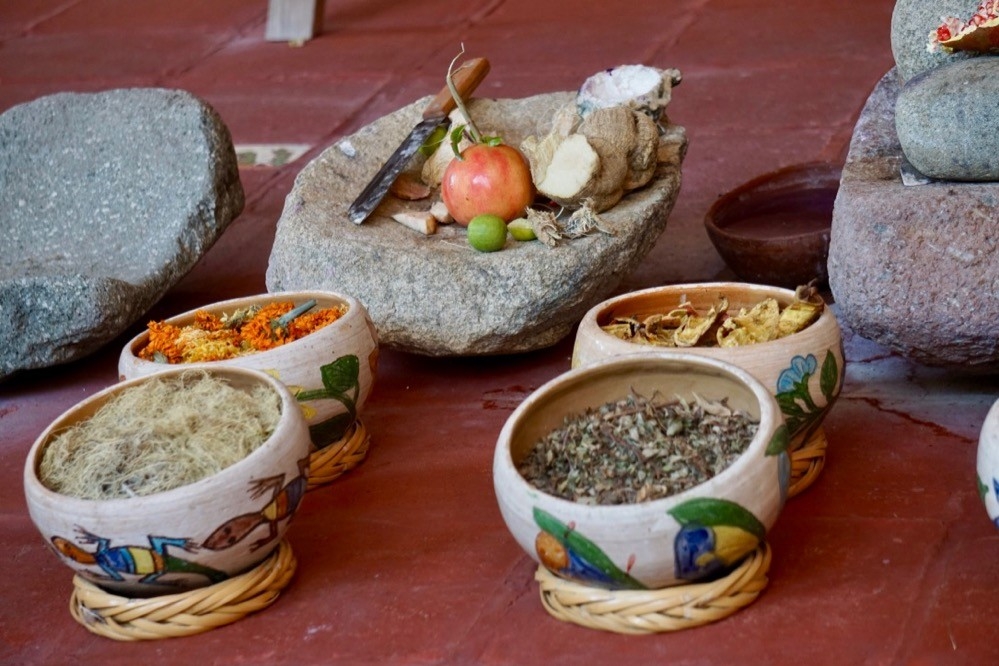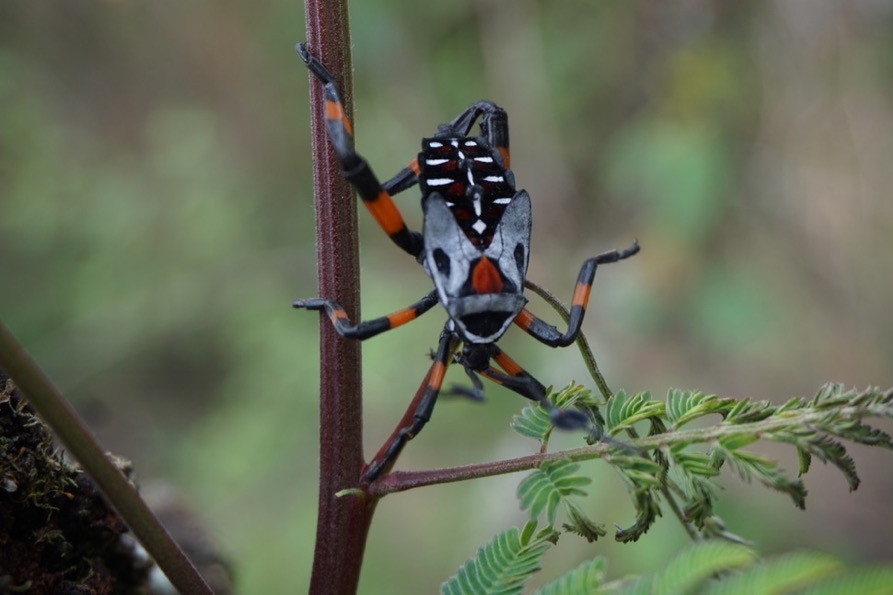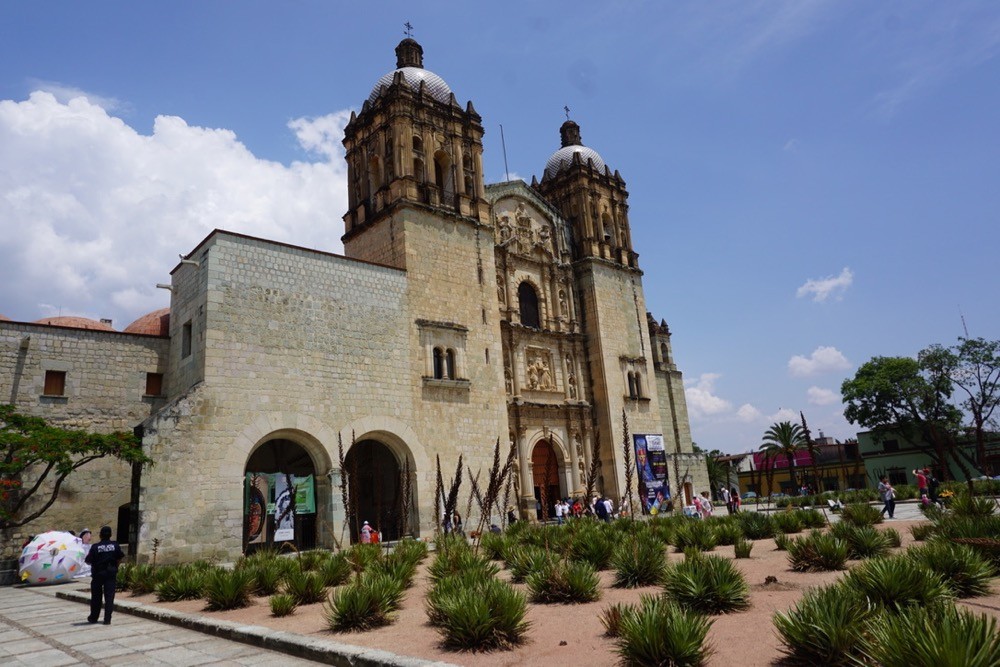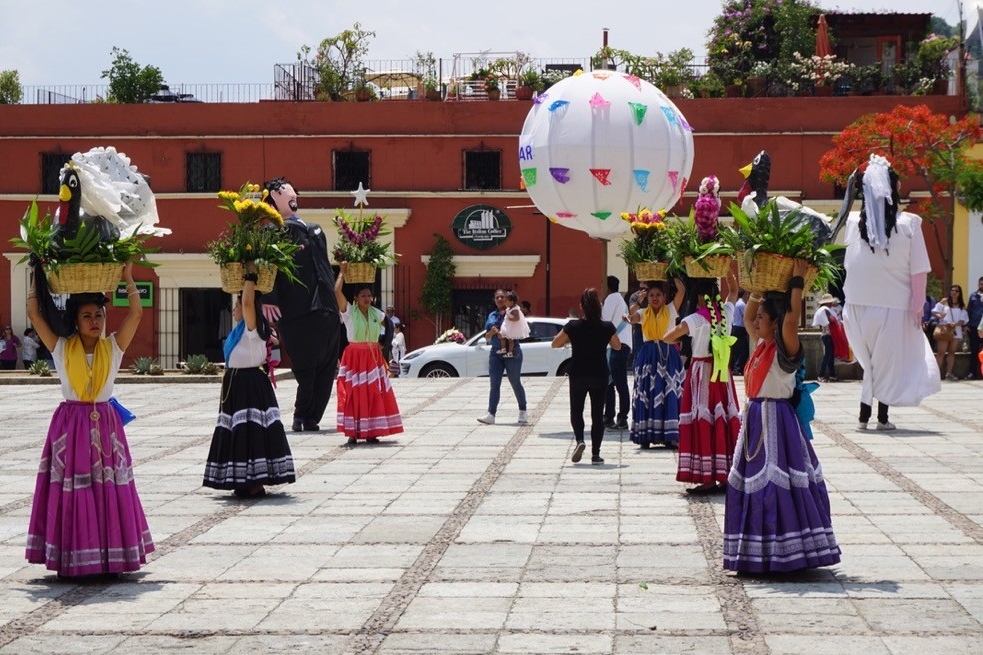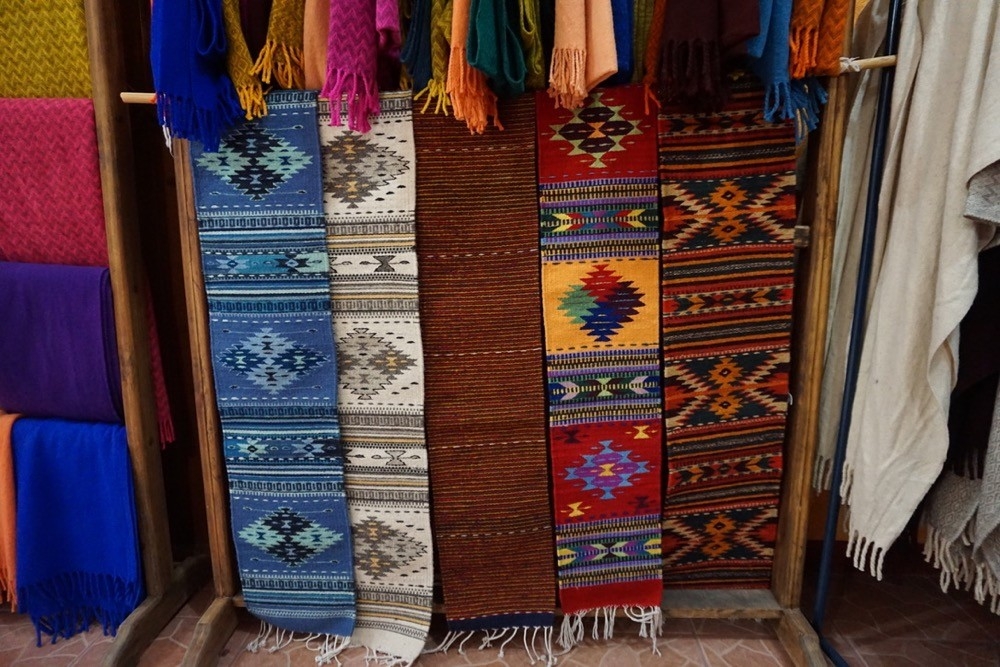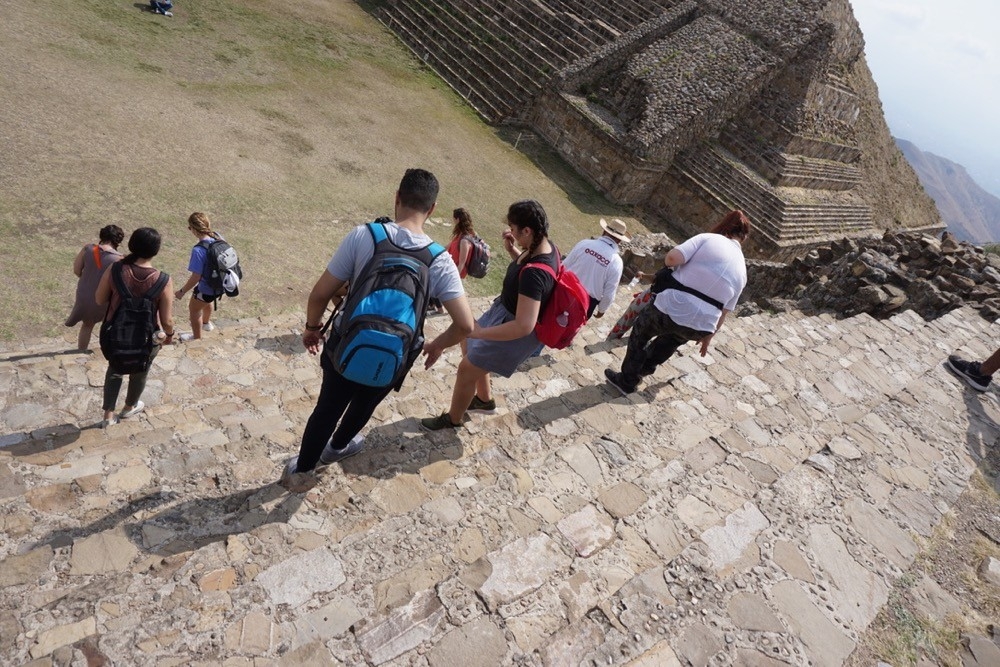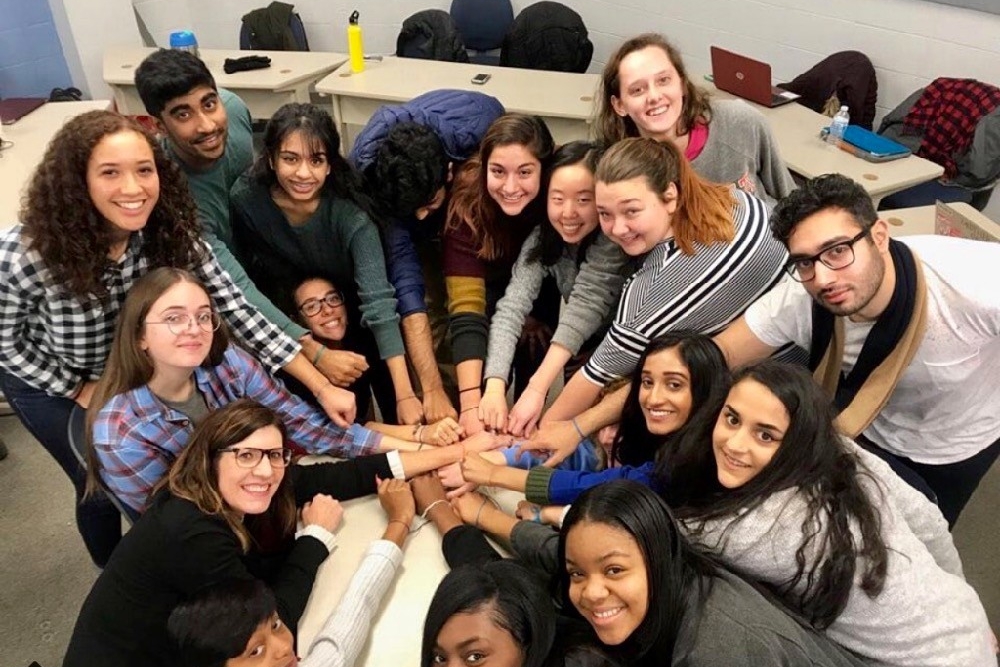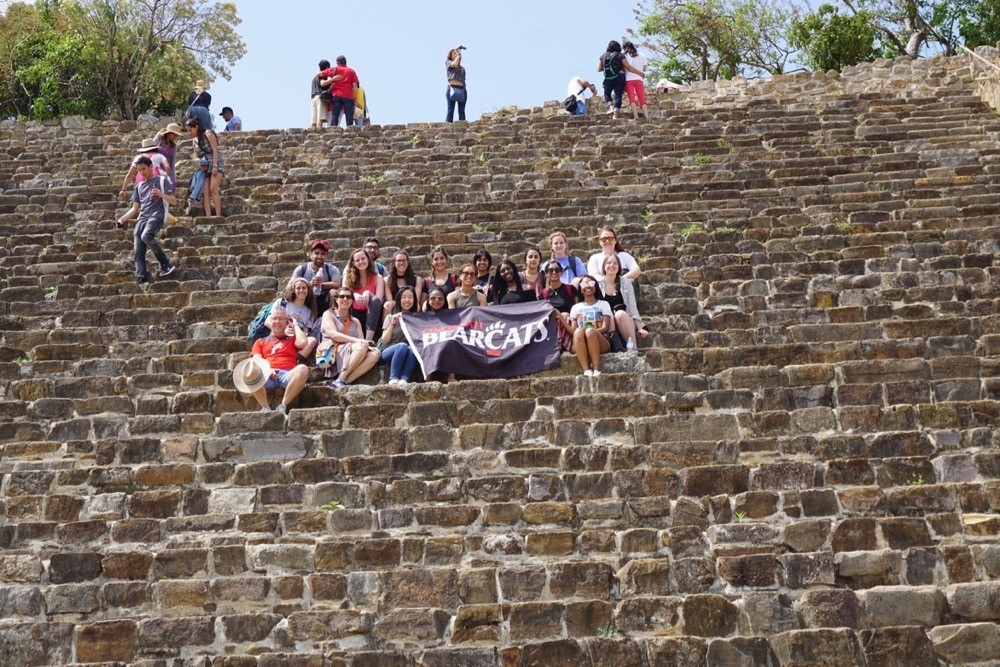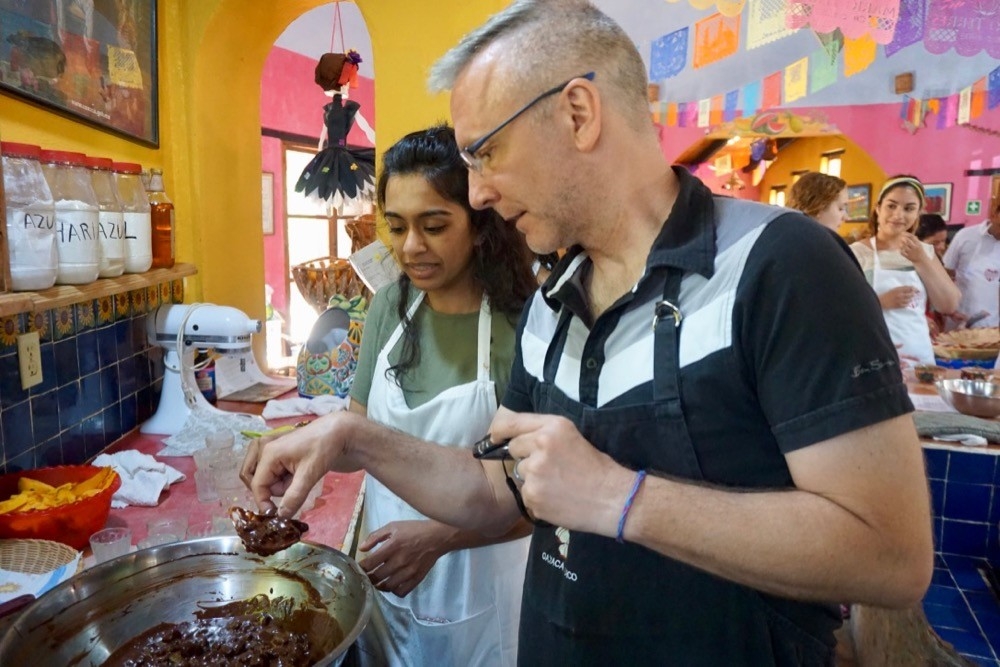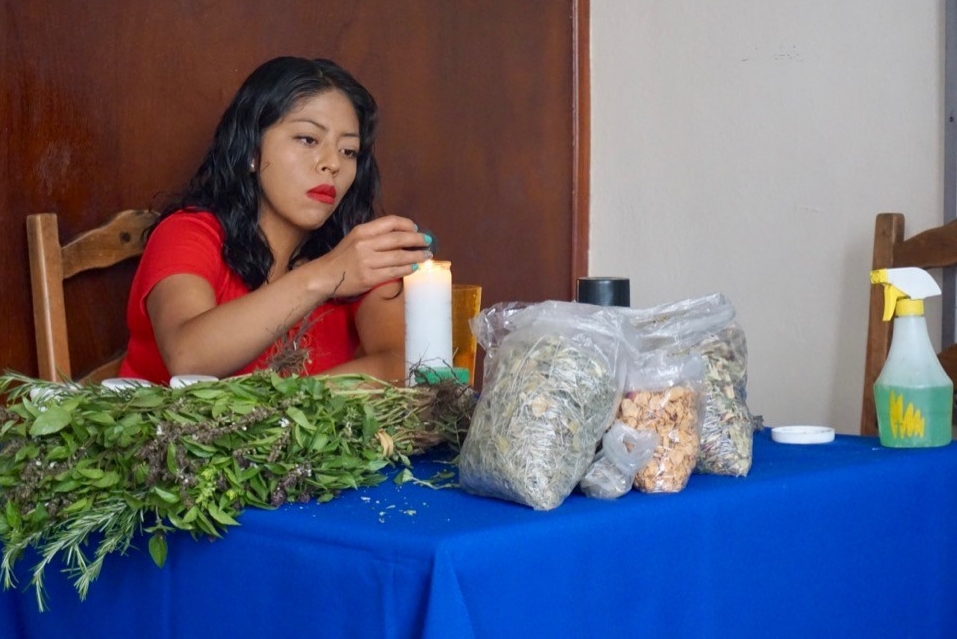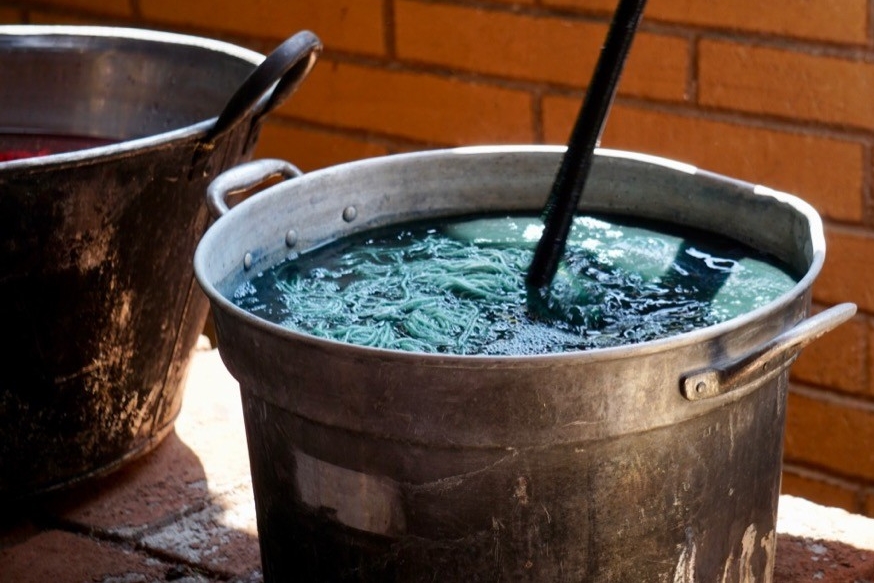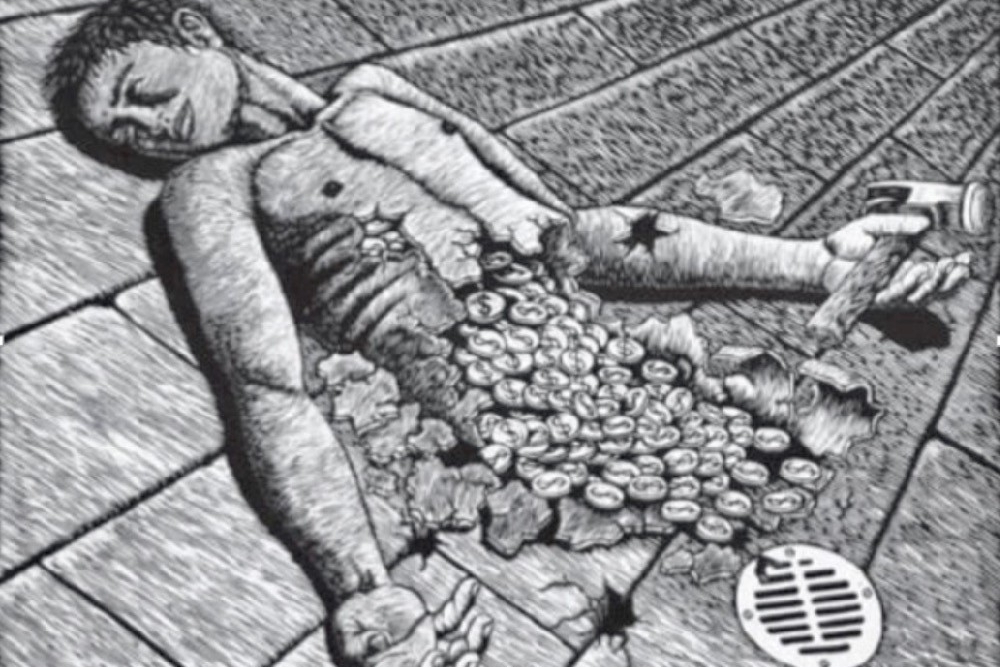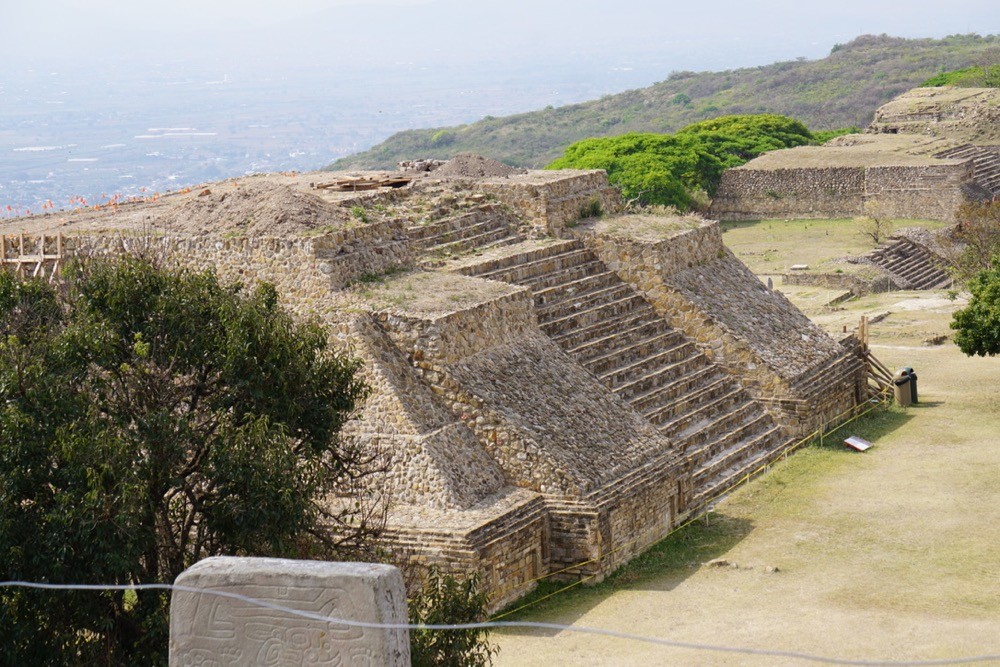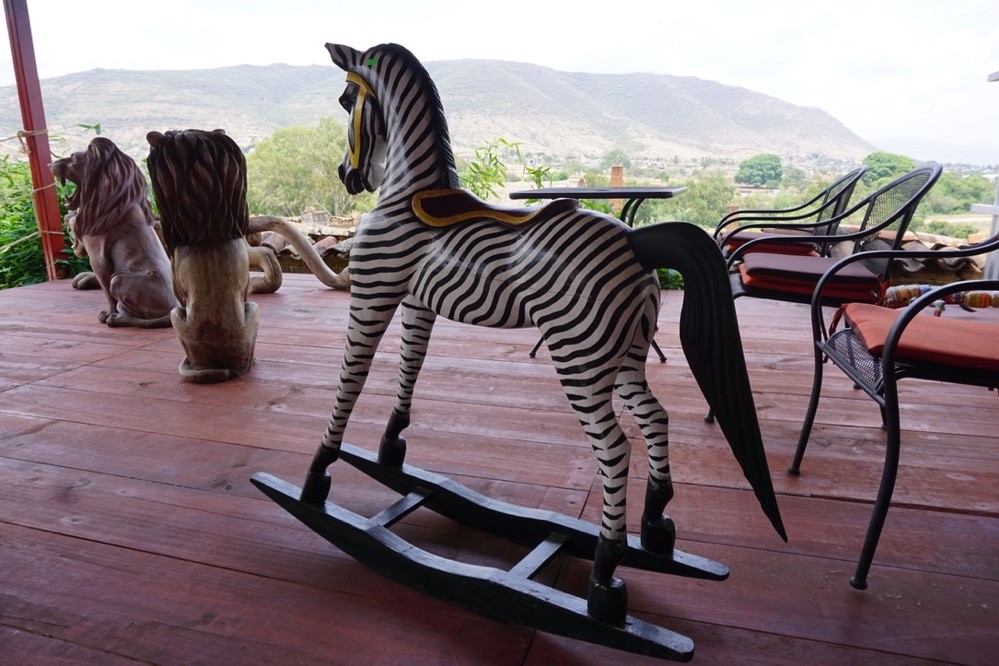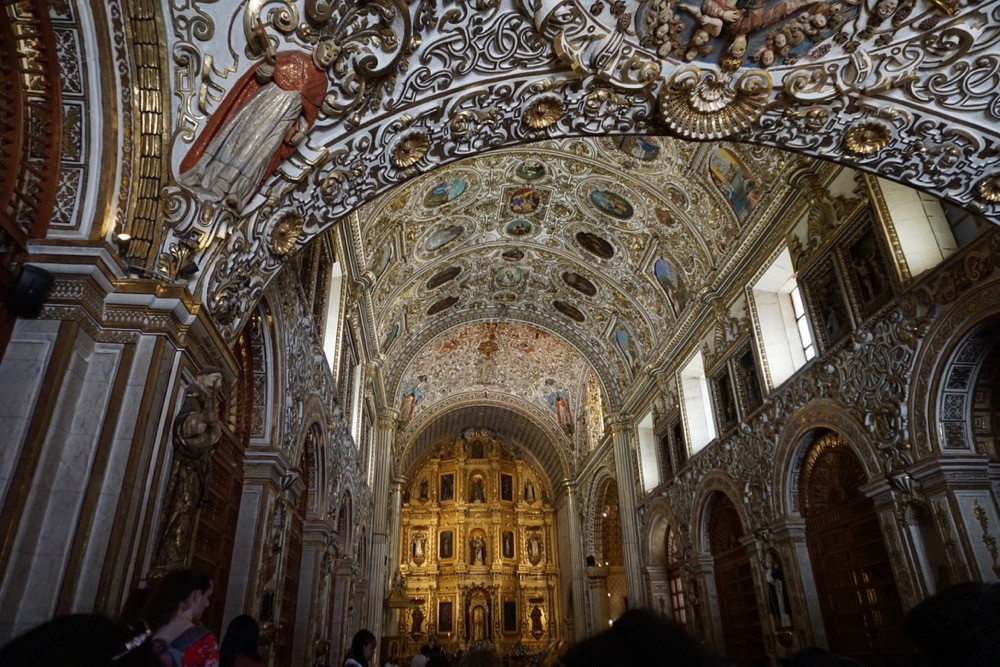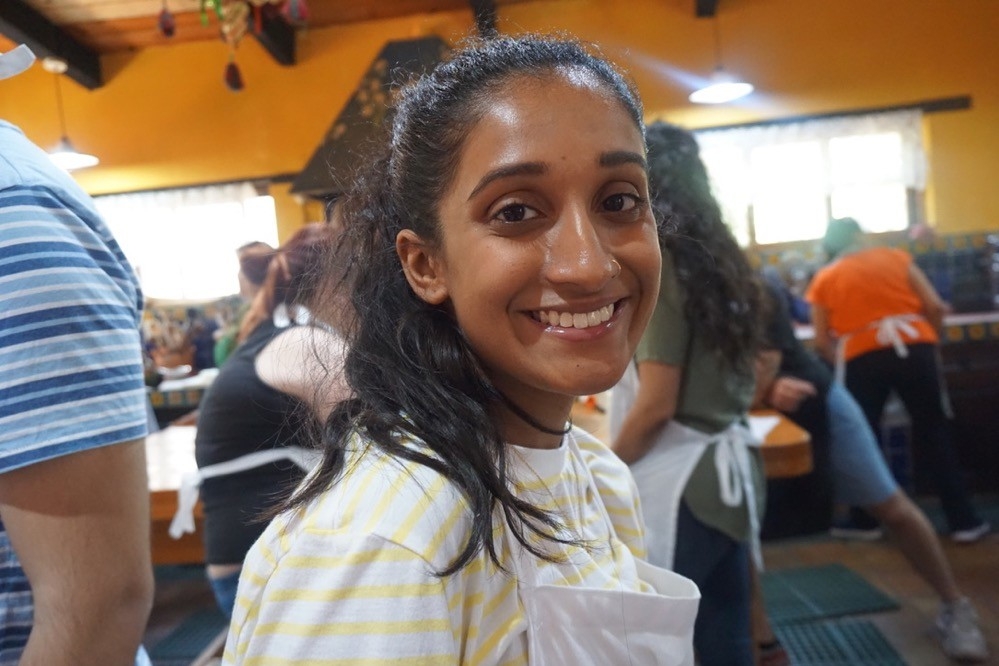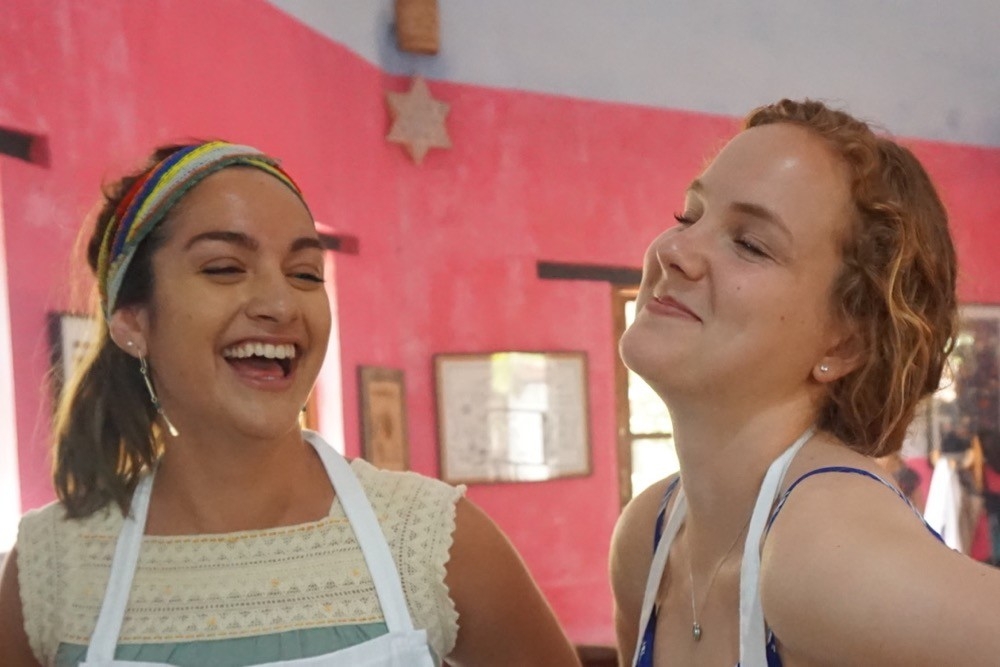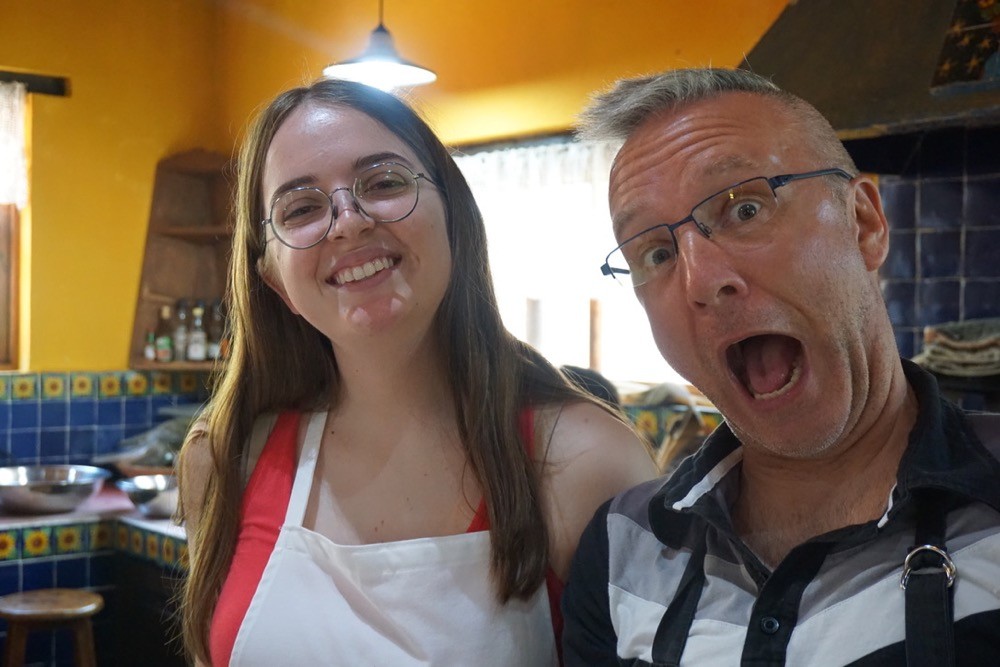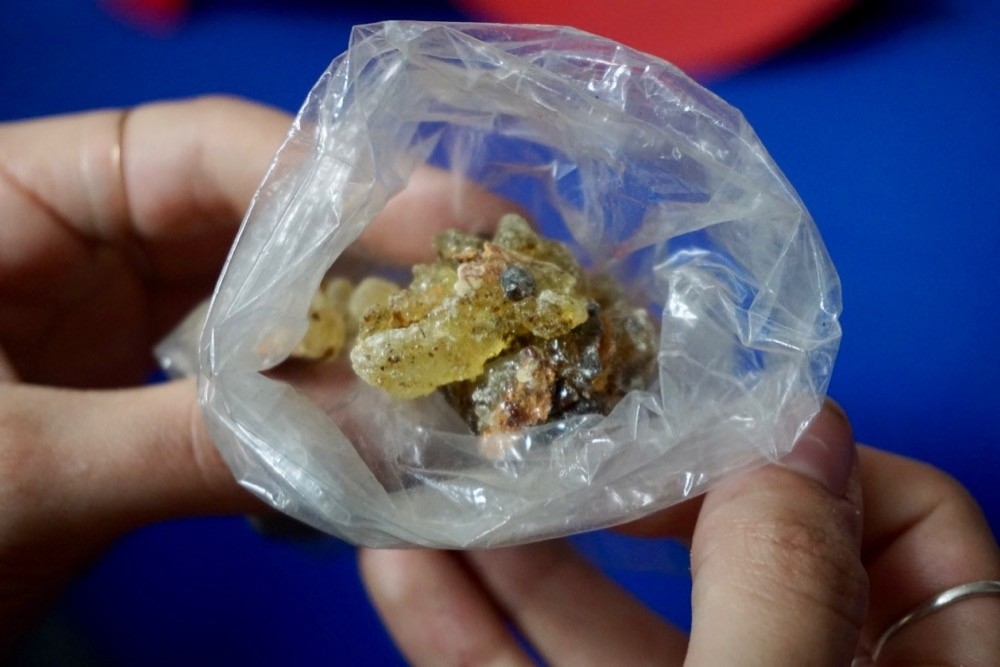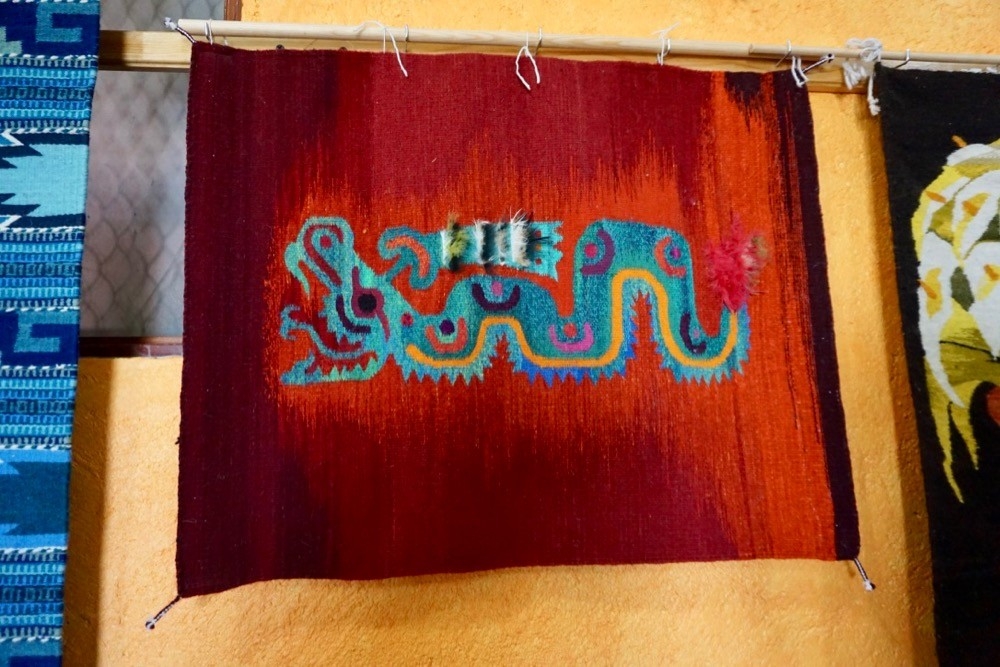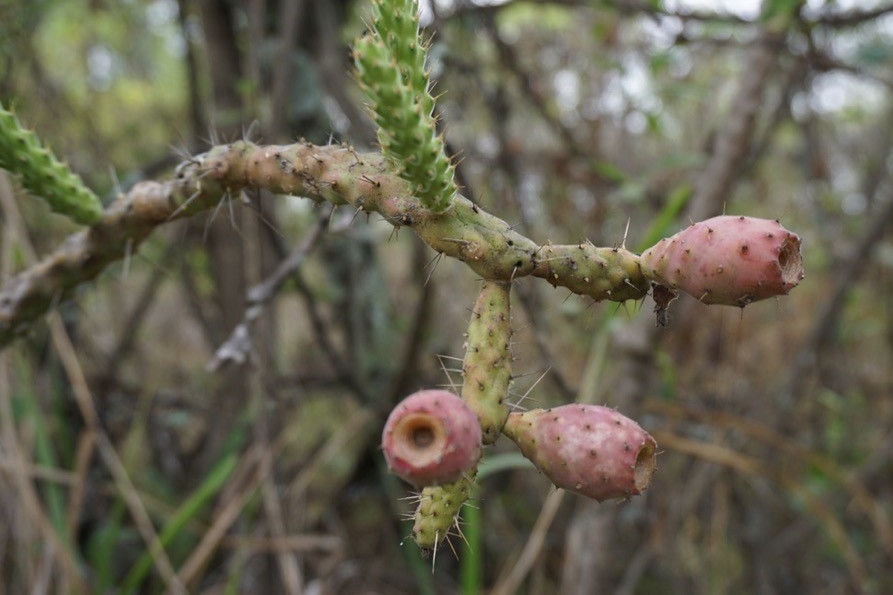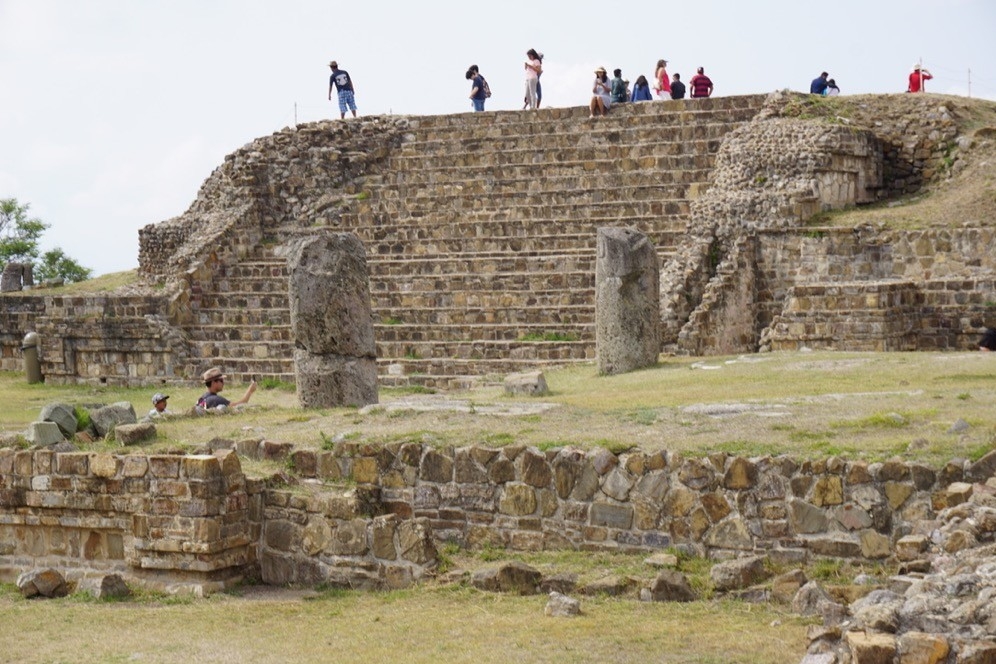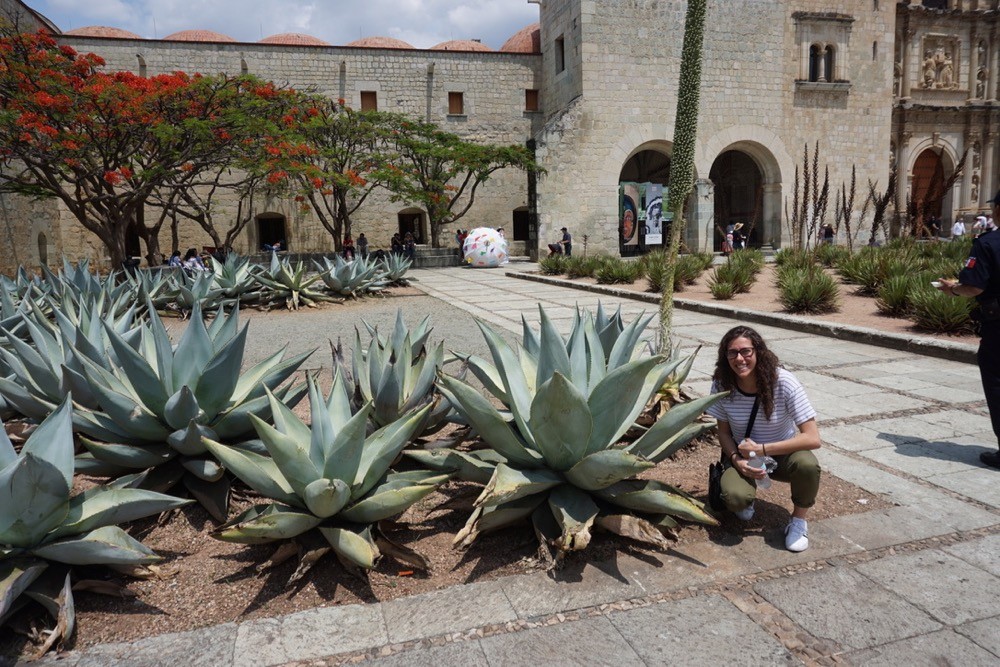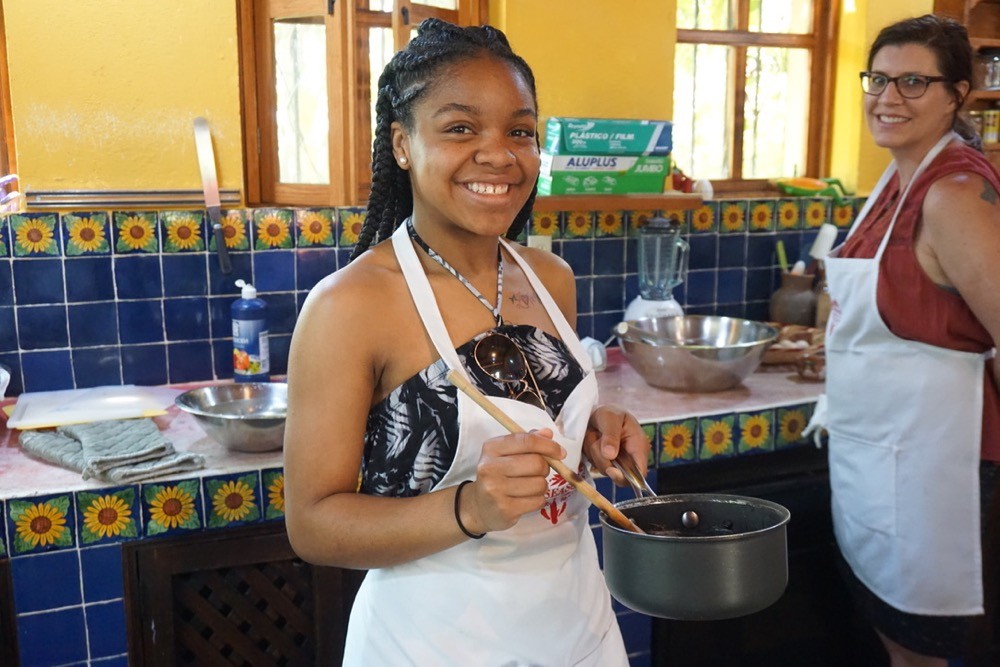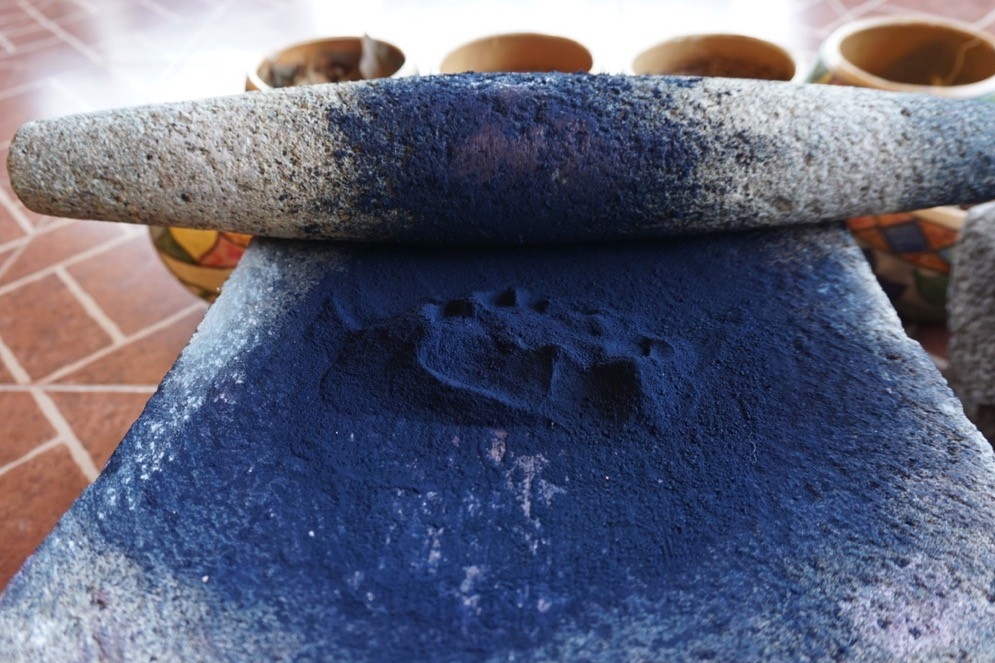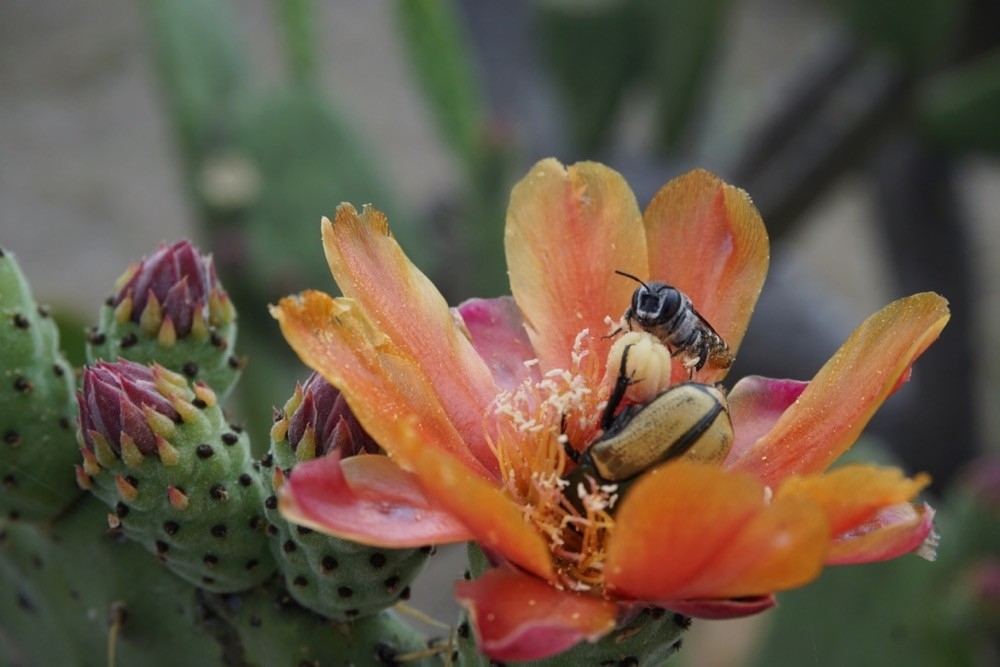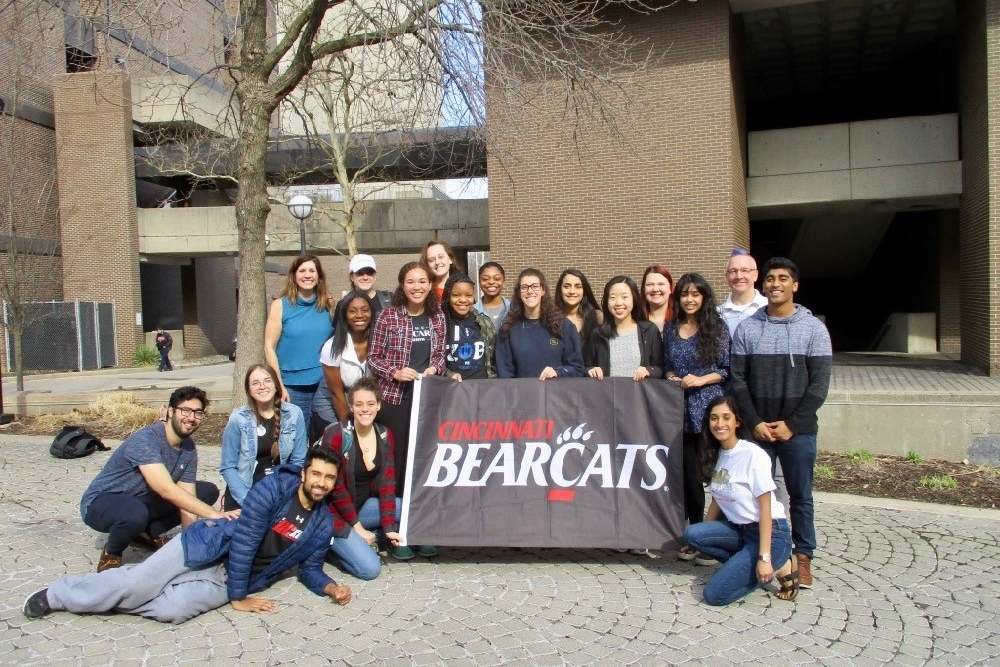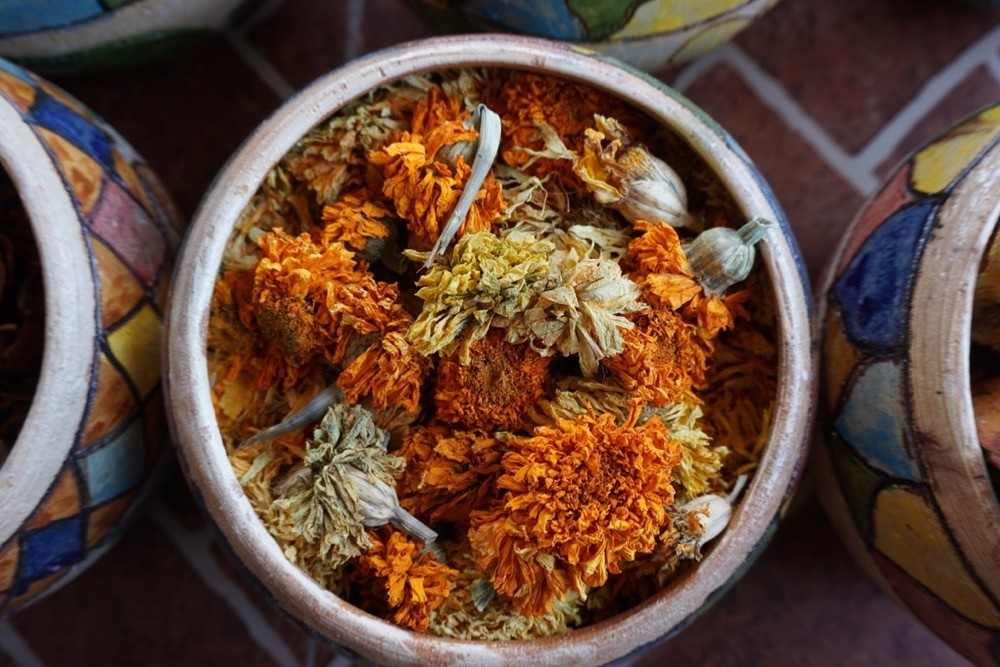UC medical sciences student Rohan Srivastava takes time to smell the "beauty" while in Oaxaca City, Mexico, as part of the Social Justice Awareness & Global Health Experiences study abroad class looking at inequities in global health.
The beauty within
UC students gain advocacy skills in Mexico to challenge global health injustice and discover much more
By Melanie Schefft
513-556-5213
Photos: Provided
June 20, 2018
It didn’t take long for University of Cincinnati science and pre-med students to see the disparity in health care access while in mountainous Oaxaca, one of Mexico’s most economically depressed states.
But among Oaxaca’s ongoing social injustices, the students discovered a surprising spirit and thriving resourcefulness among the culture.
Within the capital city, UC’s class of 18 interdisciplinary science majors found a robust kinship among the native people, whose ancient folk healing techniques are commonly practiced and more than 50 indigenous dialects are still spoken. Students also found the streets splashed with color via murals, pottery and hand-loomed fabrics.
Because of considerable interest among students to learn more about global health and to have experiential learning opportunities, Robin Selzer, assistant professor in UC’s division of Experienced-Based Learning & Career Education, designed the course, titled Social Justice Awareness & Global Health Experiences, opening students’ eyes to inequitable health care around the globe.
Selzer and the students, along with study tour co-leader Jason Blackard, associate professor in UC’s College of Medicine, wrapped up their spring semester with the weeklong trip to Oaxaca, (pronounced wah-HAW’-kah) shadowing in hospitals and observing and gaining insight into the political and social problems that interfere with the region's health care equality.
Finding clemency
While the focus was on health and social justice in Mexico, Blackard says the challenges faced can be applied to situations all over the world.
“As a result of their health care inequities, Oaxaca has a two-hospital system: one is Para hospital del ISSSTE for government employees including teachers, where health care is a little better than most because they and the government pay into the system,” says Selzer.
The other is Hospital General Dr. Aurelio Valdivieso, a civil hospital open to all regardless of who can pay, but Selzer says the waits are long and the facilities are under-resourced and limited.
“We shadowed both so we could see the differences,” says Selzer. “Our pre-health students who volunteered at UC’s Medical Center were especially able to compare the differences between local versus global health and how the disparities exist in those communities.”
And while students hold home-based perceptions, Selzer says global economic and social differences often play out creating empathy, not alienation.
Study tour co-instructors Robin Selzer (front R) and Jason Blackard (back R) and their class of interdisciplinary students enjoy the opportunity to observe and shadow during their hospital tour experiences in Oaxaca, Mexico.
“Students experience global health every day but often don’t see the connections between their local experiences and those occurring in other countries. Firsthand knowledge of and experience in resource-limited settings is beneficial for developing more empathetic and cultural competent physicians, emphasizing the inherent value and dignity of all humans and addressing inequities that exist across the globe.”
‒ Jason Blackard, virologist and associate professor in UC's College of Medicine
Folk-based curandero faith healing ceremonies are still part of the rich history of indigenous people in Oaxaca, using local herbs, plants and seeds. As part of a demonstration, a student participates in a ritual to help heal aches, pains and minor illnesses.
Creating a voice
Before embarking on their weeklong journey, students tackled projects throughout the semester focused on Oaxaca’s unique cultural features. Some studies honed in on ancient healing practices like curandero –– Mexican folk healing techniques passed down from many generations using local herbs and materials.
Others focused on the arts of the region and looked at how indigenous artisans used their art as a platform to promote equity and inclusion and to shed light on their societal struggles.
Vibrant fabrics and pottery help generate an income but don’t really vanquish other fundamental problems. What the students saw Oaxaquenos achieve through artistic protest was a perspective shift.
"From their rich history of indigenous people, some of the most vibrant folk art has emerged," says Sarah Han, fourth-year UC medical sciences student during her presentation on Oaxacan art at UC's 10th Annual Equity and Inclusion Conference in April. "Art has become a medium for artists to shed light on some of the societal issues they face.
"So as much as art is important for the economy, it serves an equally important role in activism. Artists use their art as their voice to reflect on their life, their culture and the problems they face as a society, which has led to their renaissance of political printmaking."
She says the prints are politically charged and are infused with indigenous symbolism to raise awareness about their social and cultural problems. Because of this political street art movement Han says they see print and street art everywhere all around public spaces.
But unlike the graffiti in the US, she says these intricate murals and political criticisms are successfully raising awareness and evoking positive change.
“Their art is very social justice connected,” says Selzer. “As a result of their inspirational artistic voice, they are now seeing positive movement for equal pay for teachers.”
"Blindness" by Oaxaca's Dario Castillejos is based on the famous phrase "raise crows and they will pull out your eyes," referring to the bad influence that can result from raising children where respect of subordinates is not established or the influence of the figure of authority is negative, so as they develop they end up destroying their creator.
The "faith" in healing
Despite the negative conditions, the students came away with a very positive attitude. “One of my students sent me a message saying, ‘The trip really reminded me why I want to be a physician,’” Selzer adds.
"The mixture of global health education and cultural activities enriches the study of either in isolation and allows students to make connections between seemingly disparate perspectives," Says Blackard.
Blackard, who has offered experiential learning courses in South Africa, Botswana, Ghana and China, encourages students to engage in global health experiences, especially ones that honor the best practices in global health education. “We make sure courses like this provide adequate preparation for students and ensure an equitable partnership between institutions,” he adds.
“This course compliments core majors for science students. When they’re abroad they essentially check their skepticism and cultural assumptions at the door regarding what’s normal, what works and how faith and spirituality all interact,” says Selzer.
“While the students have only studied objective science in their courses so far, they all say this experience will make them better physicians in the future by making them much more open minded to exploring novel holistic approaches to health care.”
The instructors believe this course serves as a good illustration of UC’s continuing leadership in experiential learning, in alignment with UC’s strategic direction for academic excellence, innovation and urban impact.
Cedrics Ricks, PIO from UC's College of Medicine, contributed to this report.
Interested in studying abroad?
Apply to UC International's study abroad program as an undergrad or graduate Bearcat on the go!
Sneak peak at free-time fun:
More Fun:
Students took advantage of culinary classes getting insider's knowledge of pre-Hispanic foods, traditional cuisine, medicinal and spiritual herb usage and Spanish influences on the contemporary Oaxacan kitchen.
Monte Albán, a large pre-Columbian archaeological site 9 km west of Oaxaca City, was a highlight of the trip. Students climbed around in the partially excavated civic-ceremonial center founded around 500 BC.

